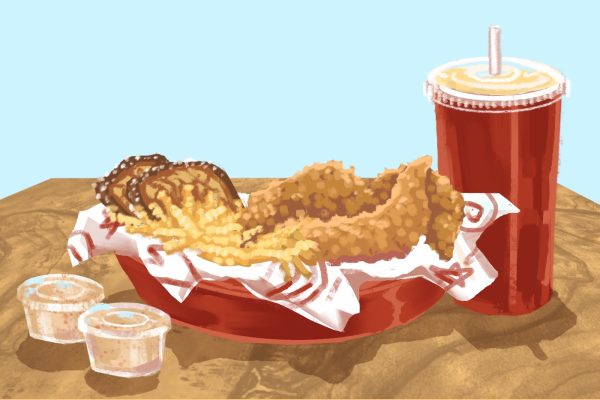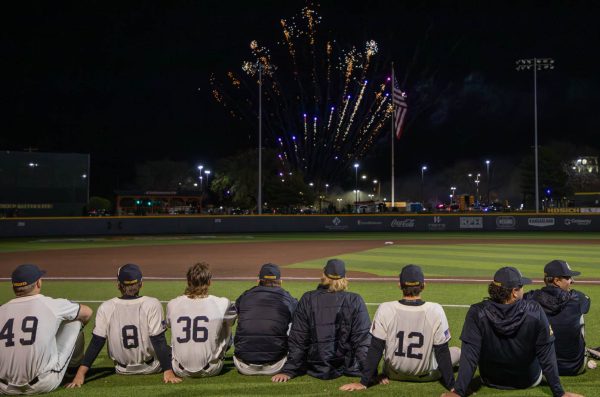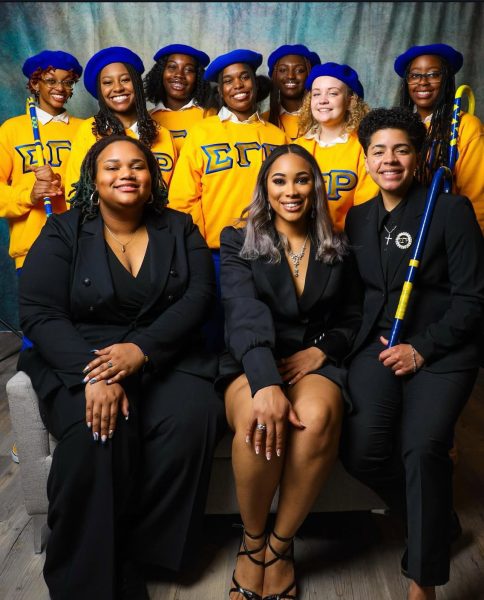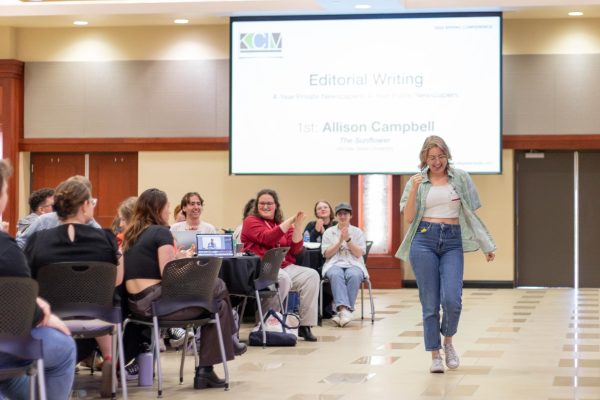Peter picked a (WSU) pepper
Fresh food is the best, especially when you pick it yourself. And how much more convenient can it get than grabbing your grub on the way to class?
Peppers are all over campus. Banana peppers, miniature bell peppers and chilies are found at Duerksen Fine Arts Center’s main entry point, as well as surrounding Millie the Millipede. Spicier and more flamboyant yellow, orange and red chilies are planted around the entry drives coming in from 21st.
While peppers prolifically populate the place, other edible items can be found. At a crosswalk east of Hillside on 17th, the entry to campus houses a pecan tree ready to share its goodies with you. The Corbin Education Center features tomato plants in addition to peppers.
I’m only familiar with about half of the campus. There could be plenty of other plants that are just begging to feed you, including some non-traditional, but perfectly useful fruits. For example, there’s a tree just south of the RSC construction zone producing fruits that look like cherries but have the taste and texture of apples.
While I personally haven’t been able to find clear statements regarding if these produce items can be taken, no one has given me nasty looks or told me to stop picking peppers. If not taken home, the fruits of these plants will just fall off and rot away. The way I see it, there is no good reason for perfectly fine food to go to waste.
Really, it makes sense to me that a college campus should grow food. If just half of the flora on campus were edible and open to picking, students could have more natural, fresh foods in their diet. Given the size of the campus in relation to the number of students enrolled, there’s plenty of opportunity for the earth of the campus to provide for students.
With an observant eye, a little curiosity and a moment of time, a fresh dinner could be the last thing you take home with you from campus.







